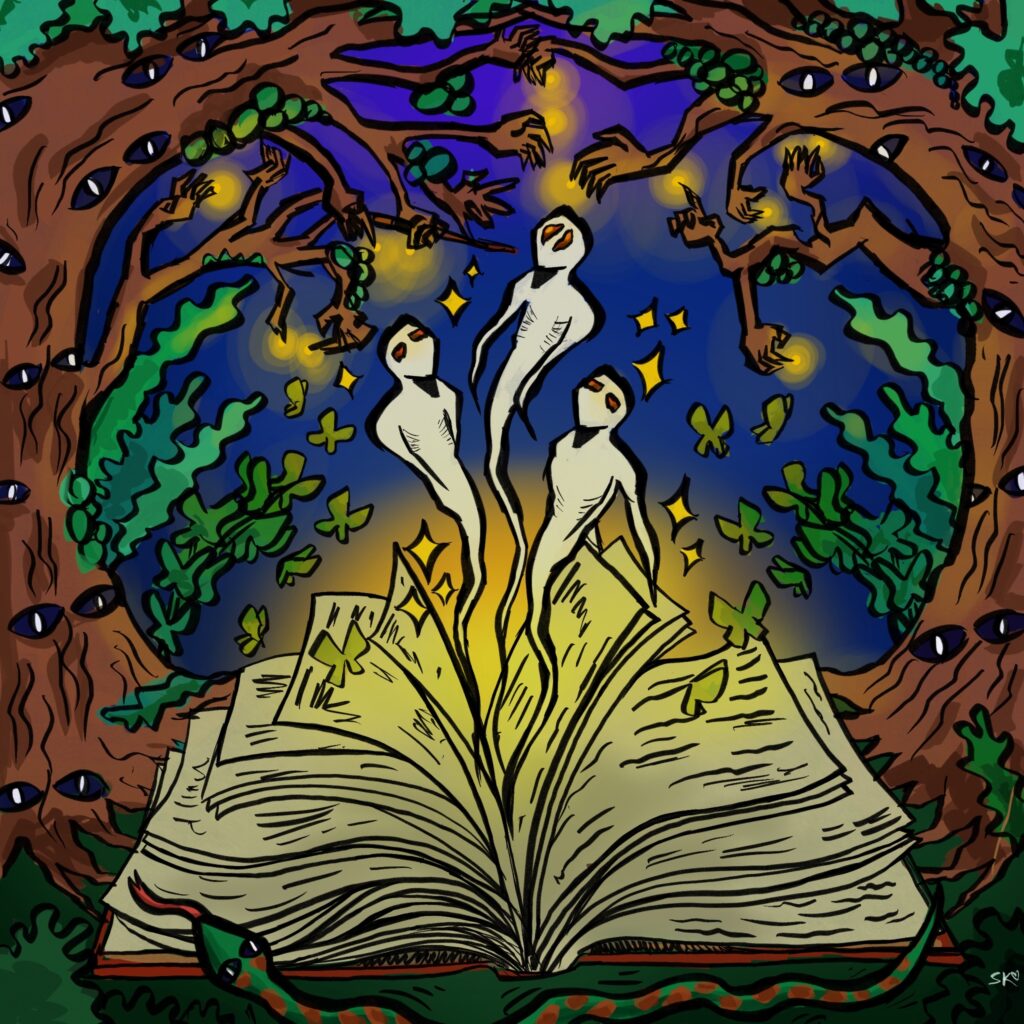Magical realism continues to enchant readers with its delicate balance between the fantastical and the familiar. Blending everyday settings with supernatural or surreal elements, this genre invites us to question reality while staying grounded in it. Authors like Gabriel García Márquez and Haruki Murakami have mastered the art of weaving the extraordinary into the ordinary, creating stories that resonate emotionally and intellectually. Readers are drawn to this genre not only for escapism but also for the deeper philosophical and cultural truths it often reveals.
In recent years, magical realism has experienced a resurgence, particularly among younger readers seeking narratives that reflect their complex, multicultural identities. Books like The Night Circus by Erin Morgenstern and The House of the Spirits by Isabel Allende transport readers to enchanting worlds where time bends and logic is fluid. These stories offer more than just imaginative plots—they provide meaningful commentary on human emotions, memory, and identity. This emotional depth is a hallmark of well-crafted magical realism and contributes to its timeless appeal.
Magical realism showcases literary expertise and cultural richness that stand the test of time. Its global influences, from Latin American folklore to Japanese surrealism, make it a genre that both educates and entertains. As publishing trends shift, magical realism remains a staple, proving that when imagination meets cultural storytelling, the result is pure literary magic.







